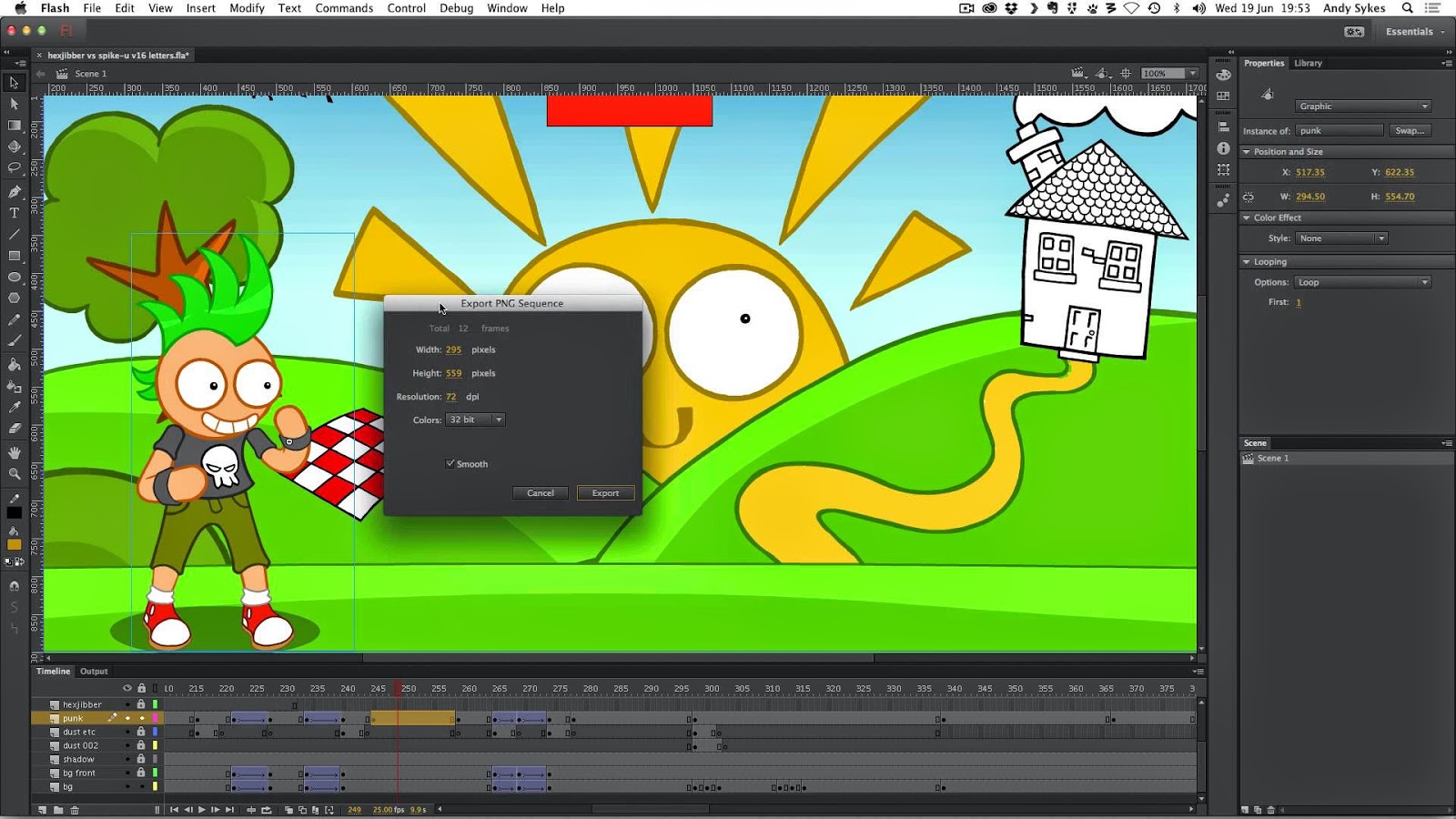
Asynchronous DMA also improved performance by allowing a larger memory pool without the CPU's help. The brand became AMD FireStream with the second generation of stream processors in 2007, based on the RV650 chip with new unified shaders and double precision support. The first product was released in late 2006, rebranded as AMD Stream Processor after the merger with AMD. began using the X1900 for general computation, using a pre-release of version 6.5 of the ATI Catalyst driver, and reported 20-40x improvement in GPU over CPU.

FIRESTREAM DOWNLOAD DRIVER
The core itself was mostly unchanged, except for doubling the onboard memory and bandwidth, similar to the FireGL V7350 new driver and software support made up most of the difference. With the development of the high-performance X1900 XFX nearly finished, ATI based its first Stream Processor design on it, announcing it as the upcoming ATI FireSTREAM together with the new Close to Metal API at SIGGRAPH 2006. GPGPUs were projected to have immediate performance gains of a factor of 10 or more, over compared to contemporary multi-socket CPU-only calculation. The interest led ATI (and Nvidia) to create GPGPU products - able to calculate general purpose mathematical formulas in a massively parallel way - to process heavy calculations traditionally done on CPUs and specialized floating-point math co-processors. Each pixel and vertex shader, or unified shader in later models, can perform arbitrary floating-point calculations.įollowing the release of the Radeon R520 and GeForce G70 GPU cores with programmable shaders, the large floating-point throughput drew attention from academic and commercial groups, experimenting with using then for non-graphics work. The line was partnered with new APIs to provide higher performance than existing OpenGL and Direct3D shader APIs could provide, beginning with Close to Metal, followed by OpenCL and the Stream Computing SDK, and eventually integrated into the APP SDK.įor highly parallel floating point math workloads, the cards can speed up large computations by more than 10 times the earliest and one of the most visible users of the GPGPU, obtained 20-40 times the CPU performance. All support 32-bit single-precision floating point, and all but the first release support 64-bit double-precision.

Like the FireGL/FirePro line, they were given more memory and memory bandwidth, but the FireStream cards do not necessarily have video output ports.
FIRESTREAM DOWNLOAD SERIES
The FireStream line is a series of add-on expansion cards released from 2006 to 2010, based on standard Radeon GPUs but designed to serve as a general-purpose co-processor, rather than rendering and outputting 3D graphics.


 0 kommentar(er)
0 kommentar(er)
